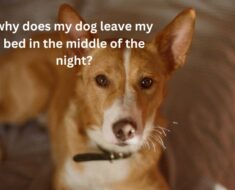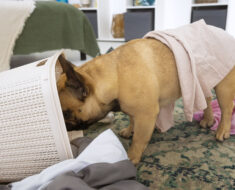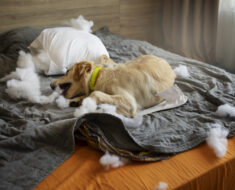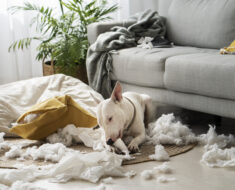Are you tired of discovering your cherished flowers transformed into a canine playground?
The eternal struggle of keeping dogs out of flower beds is a challenge many pet owners face.
How can you reclaim your garden without compromising your furry friend’s happiness?
In a nutshell, the key lies in strategic landscaping and positive reinforcement. Installing low barriers, like decorative fencing, acts as a gentle deterrent.
Combine this with training sessions focusing on alternative play areas for your pup.
Wondering about more ingenious ways to maintain harmony between your garden and your dog?
Here how to keep your dog off the bed?
Let’s explore these solutions together.
How to keep dog out of flower bed?
1. Create A Fence
To prevent your dog from entering the flower bed, start by creating a barrier or fence around the perimeter.
Choose materials like wire, wood, or plastic that are sturdy and tall enough to discourage your dog from jumping over.
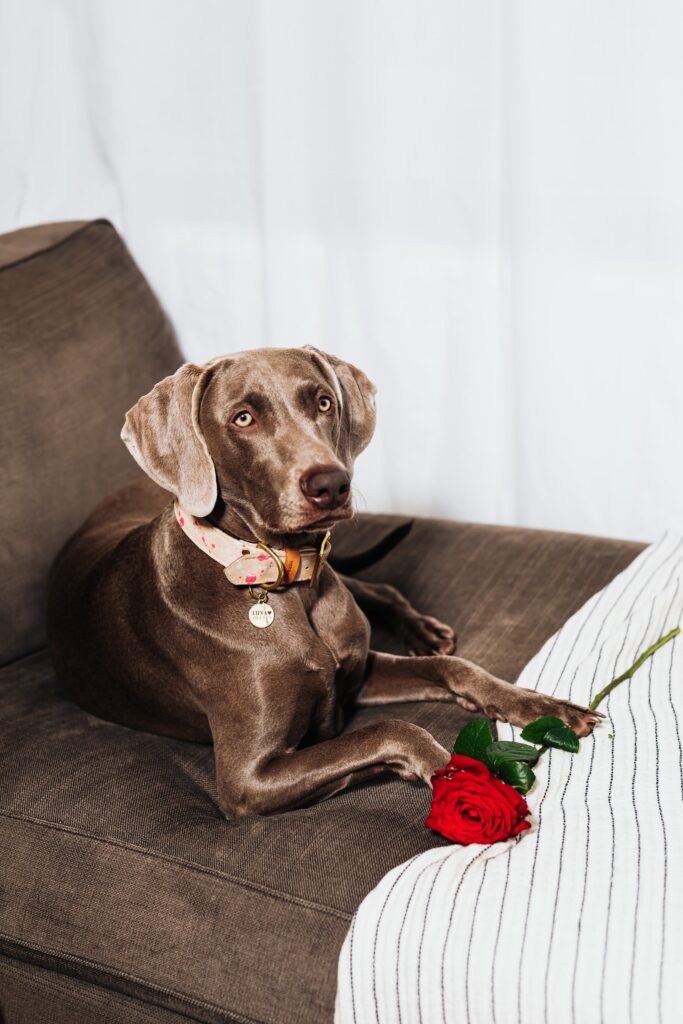
Ensure the fence is securely anchored into the ground to prevent digging.
Make the barrier visually noticeable for your dog, reinforcing the boundary. Regularly inspect and maintain the fence to ensure its effectiveness in keeping your furry friend away from the flower bed.
2. Create A Plant Barrier
Implement a plant barrier by strategically placing dog-resistant plants along the border of the flower bed. Opt for sturdy and aromatic varieties that dogs find unappealing.
Utilize plants with thorns or prickly textures to deter your pet from venturing further.
Ensure these plants are well-established and form a dense, cohesive barrier.
Regularly trim and maintain the barrier plants to enhance their effectiveness in dissuading your dog from accessing the flower bed while also adding aesthetic appeal to your garden.
Here why does my dog pee on my bed in front of me?
3. Give Your Dog Something To Do
Provide engaging distractions for your dog by placing toys, especially those designed for mental stimulation, near the flower bed.
Encourage play and exploration in designated areas of your yard to redirect your dog’s attention. Incorporate activities like puzzle toys or a digging pit to fulfill natural instincts.
Regularly rotate toys to maintain novelty.
This proactive approach helps satisfy your dog’s curiosity and energy, reducing the likelihood of them venturing into the flower bed for entertainment.
4. Make A Dog-Friendly Digging Area
Designate a specific digging zone in your yard for your dog. Use soft soil and bury toys or treats to entice digging in this designated area.
Redirect your dog to this space whenever they show interest in the flower bed. Reward and praise them for digging in the approved zone.
Consistency is key to reinforcing this behavior.
By providing an alternative outlet for their digging instincts, you minimize the likelihood of them disturbing the flower bed while allowing them a space for enjoyable digging.
5. Use Unfriendly Scents
Deter your dog from the flower bed by applying scents they find unpleasant. Citrus peels, vinegar, or commercial pet deterrent sprays can be effective.
Spritz these scents directly onto the soil or surrounding areas of the flower bed. Dogs are generally sensitive to strong smells and will likely avoid the treated areas.
Reapply as needed, especially after rainfall. This natural and non-harmful method helps create a sensory barrier, discouraging your dog from approaching or digging in the flower bed.
Here why does my dog lick the bed?
6. Don’t Leave Them Unsupervised
Avoid leaving your dog unattended in the yard, especially near the flower bed. Supervision is crucial to immediately correct any attempts to access or dig in the prohibited area.
Stay vigilant during outdoor time, redirecting their attention to approved activities. Positive reinforcement for staying away from the flower bed, coupled with your presence, reinforces boundaries.
Regular supervision fosters a better understanding for your dog, preventing unwanted behavior and ensuring the flower bed remains undisturbed.
7. Create a Play Zone
Establish a designated play zone in your yard, away from the flower bed. Introduce engaging toys, agility equipment, or a comfortable spot for your dog to enjoy.
Encourage play and positive interactions in this area. By creating an appealing play zone, you redirect your dog’s energy and curiosity away from the flower bed.
Regularly engage with your pet in the play zone, reinforcing the idea that this space is meant for fun and activities, ultimately deterring them from exploring the flower bed.
8. Use Dog Repellents for Flower Beds
Apply dog repellents specifically designed for flower beds. These repellents, available in sprays or granules, often contain natural ingredients with scents dogs find unappealing.
Sprinkle or spray the repellent around the perimeter of the flower bed and reapply as needed, especially after rainfall.
The scent creates a deterrent, discouraging your dog from approaching or digging.
Choose pet-safe repellents to ensure they are effective without causing harm to your furry friend or the plants in the flower bed.
Here how to make a dog cot bed?
9. Use Prickly Brush
Incorporate prickly brush or thorny plants around the flower bed perimeter as a physical deterrent. Select plants with textures that are uncomfortable for your dog’s paws, dissuading them from entering.
Ensure these plants are strategically placed to create a natural barrier.
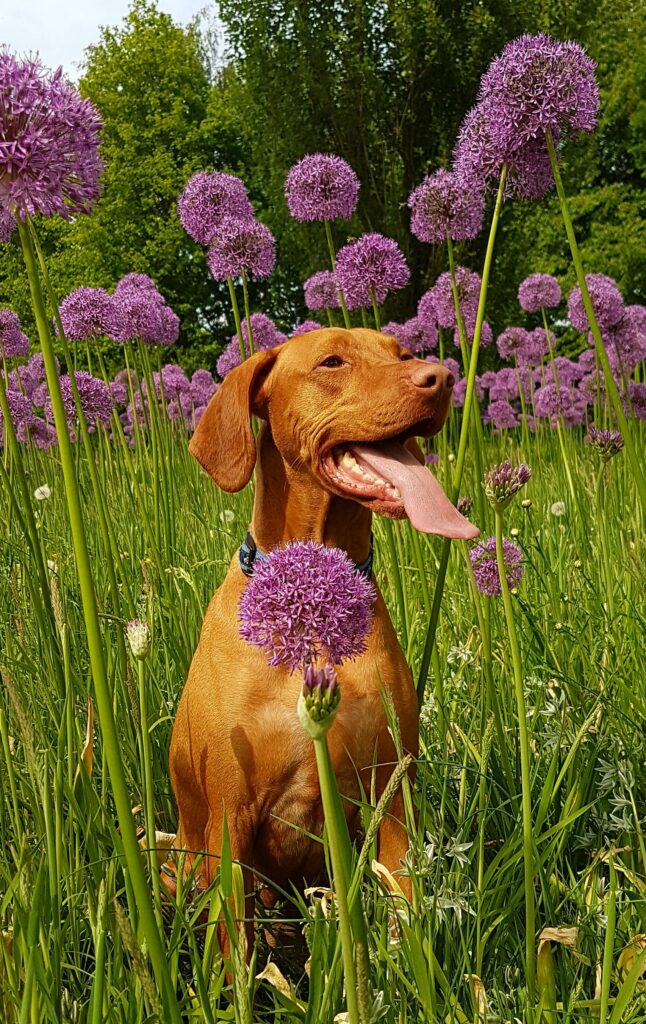
The discomfort from the prickly brush serves as a deterrent, reinforcing the boundary of the flower bed.
Regular maintenance of these plants is essential to uphold their effectiveness in deterring your dog from accessing the flower bed.
10. Train Your Dog
Train your dog to respect boundaries through positive reinforcement. Use commands like “stay” and “leave it” consistently, rewarding them when they comply.
Leverage treats, praise, and affection to reinforce desired behavior.
During supervised outdoor time, redirect your dog away from the flower bed, praising them for staying in approved areas.
Consistent training builds understanding and reinforces the idea that the flower bed is off-limits, promoting long-term obedience and a well-behaved pet.
Here why does my dog scratch his bed at night?
11. Use A Sprinkler
Employ a motion-activated sprinkler system to deter your dog from the flower bed. Set up the sprinkler strategically, ensuring it covers the targeted area.
When your dog approaches, the sudden spray of water startles them, creating a negative association with the flower bed.
This humane and effective method helps discourage unwanted behavior, teaching your dog to avoid the flower bed while providing an automated means of reinforcement even when you’re not present.
Regularly check and maintain the sprinkler system for optimal performance.
12. Keep Toys Around The Garden
Strategically scatter your dog’s toys around the garden to create positive associations with designated play areas. Encourage your pet to focus on their toys rather than the flower bed.
By incorporating their favorite playthings into the garden environment, you provide an alternative outlet for their energy and curiosity.
This not only distracts them from the flower bed but also reinforces the idea that the garden is a space for play, minimizing the likelihood of unwanted digging or exploration.
Inexpensive Ways to Keep Dogs Out of Flower Beds
1. DIY Borders:
Create low-cost borders using materials like recycled bottles, old garden hoses, or repurposed wooden pallets. These visually deter dogs from entering flower beds.
2. Coffee Grounds:
Scatter used coffee grounds around the flower beds. Many dogs find the scent unappealing, acting as a natural deterrent.
3. Cayenne Pepper:
Sprinkle cayenne pepper around the flower bed. Most dogs dislike the smell and taste, discouraging them from exploring.
4. Citrus Peels:
Place citrus peels, such as orange or lemon, in the flower bed. Dogs often dislike the scent, helping to keep them away.
5. Chicken Wire:
Lay down chicken wire on the soil’s surface. It’s an affordable physical barrier that doesn’t harm plants but discourages digging.
Here why is my dog sleeping under the bed?
6. Vinegar Spray:
Mix water and vinegar in a spray bottle, then lightly spritz the flower bed. The smell is off-putting to dogs and can be reapplied as needed.
7. Bitter Apple Spray:
Available at pet stores, this inexpensive spray has a taste dogs dislike. Apply it to the edges of the flower bed to deter chewing or digging.
8. Mulch or Pine Cones:
Use inexpensive mulch or pine cones to cover the soil. Dogs may find these textures uncomfortable to walk on, reducing their interest in the flower bed.
9. Repellent Plants:
Integrate cost-effective, dog-repellent plants like marigolds, citronella, or rosemary around the flower bed to naturally discourage canine intrusion.
10. Lawn Edging:
Install affordable plastic or metal lawn edging to clearly define the flower bed boundaries, serving as a visual deterrent for dogs.
Remember to choose methods that are safe for both your dog and your plants, and regularly maintain and adjust these solutions as needed.
Here how to clean a dog bed without a removable cover?
Home remedy to keep dog out of flower bed?
Barrier to keep dogs out of the garden
Establish a physical barrier using inexpensive materials like chicken wire or low fencing. Install these barriers around the garden perimeter, securing them at ground level to prevent digging.
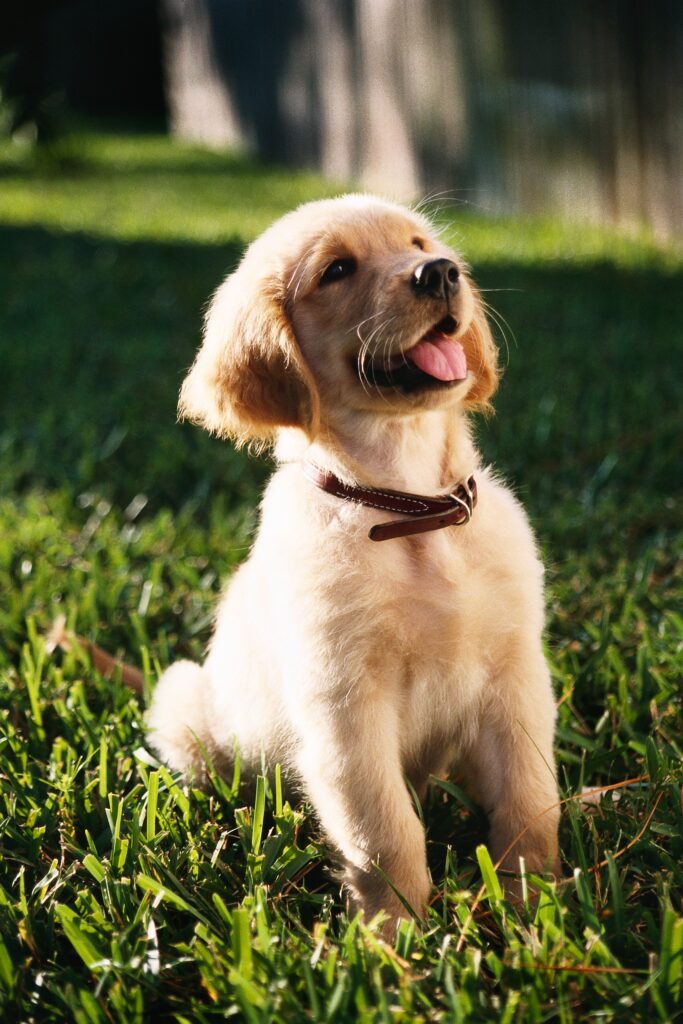
Alternatively, repurpose everyday items like old pallets, creating a DIY fence. Utilize vertical components to discourage jumping.
Enhance the barrier’s effectiveness by incorporating natural deterrents like thorny plants or prickly brush.
For a budget-friendly solution, consider using rocks, decorative stones, or mulch to create a clear visual boundary.
Regularly inspect and reinforce the barrier to ensure its durability. This approach provides a reliable and cost-effective means of keeping dogs out of the garden.
Will mothballs keep dogs out of flower beds
While some people use mothballs to deter dogs due to their strong odor, it’s not a recommended method. Mothballs contain toxic chemicals like naphthalene, which can be harmful to dogs if ingested or inhaled.
Exposure may lead to health issues, including respiratory and digestive problems.
Safer alternatives, like natural scents or pet-friendly repellents, should be considered to protect both your garden and your dog.
Prioritize the well-being of your pet and opt for methods that discourage them without posing health risks. Always consult with a veterinarian before using any substance that could potentially harm your dog.
Related faq’s


